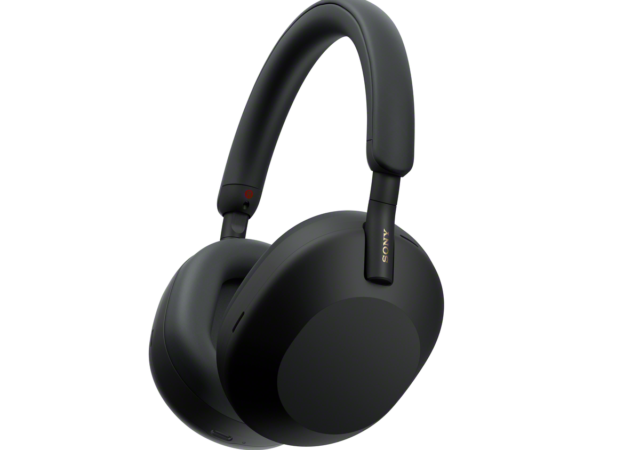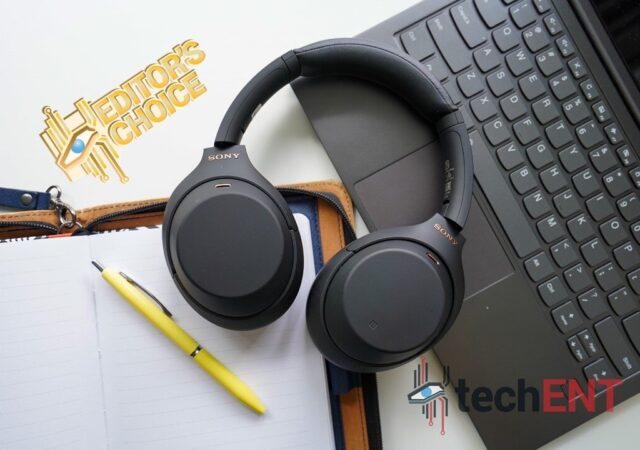Sony introduces their new WH-1000XM5. The fifth-generation noise cancelling headphone features better noise cancelling and new design.
The Sony WH-1000XM4 In-Depth Review – It Gets Better
Sony released their WH-1000XM4 over-ear headphone. We got to try the MYR 1,599 headphone for a while and here is what we think of it.




